Monolith THX-LCR In-Wall THX-ULTRA
As simple as it may sound, that’s the crux of what the Monolith THX-LCR can do in an in-wall form-factor that’s often written off by audiophiles and cinephiles as a horrible compromise to aesthetics. Fantastic dynamics and highly spatial reproduction, matched with the ability to handle seemingly as much power as you can throw at them make for a thoroughly enjoyable home-theater-focused experience that, surprisingly, doesn’t fall down at all in 2-channel music listening.
WE LIKE
WE DON'T LIKE
- Extremely solid build quality
- Ample output and power handling
- Wide, nearly 3D, sound stage
- Some Dog-Ears do not fully-extend in a standard stud cavity
- Overall width greatly limits placement flexibility
- Unable to rotate tweeter/midrange assembly
WE LIKE
- Extremely solid build quality
- Ample output and power handling
- Wide, nearly 3D, sound stage
WE DON'T LIKE
- Some Dog-Ears do not fully-extend in a standard stud cavity
- Overall width greatly limits placement flexibility
- Unable to rotate tweeter/midrange assembly
Up for review is the Monolith THX-LCR In-Wall THX-ULTRA Certified speaker by Monoprice.
For the last few years, online electronics giant and ubiquitous provider or reasonably priced HDMI cables Monoprice has been inching its way into progressively higher-end classes of home audio equipment. What started with high-output THX-certified subwoofers that put ID giants like SVS on notice then gave way to THX-certified amplifiers manufactured in the USA by none other than ATI. Then came an extremely capable DIRAC LIVE-enabled 16-channel Home Theater Pre/Pro, the HTP-1 followed by an ever-expanding line of THX-certified loudspeakers and a wide variety of form-factors. All of these offerings fall within Monoprice’s Monolith line.
One portion of Monprice’s THX-certified Monolith speaker line that has been overlooked by professional reviewers, both in print and online, is their THX in-wall line comprised of 3 models ranging from the Select-certified 2-way THX-265IW ($299/ea, current sale price $249), the Ultra-certified 3-way THX-365IW ($399/ea, current sale price $349), and the THX-LCR (also $399/ea, current sale price $349). The THX-265IW and -365IW appear to be fairly analogous to their brethren, the THX-265B and -365T, only in an in-wall form factor.
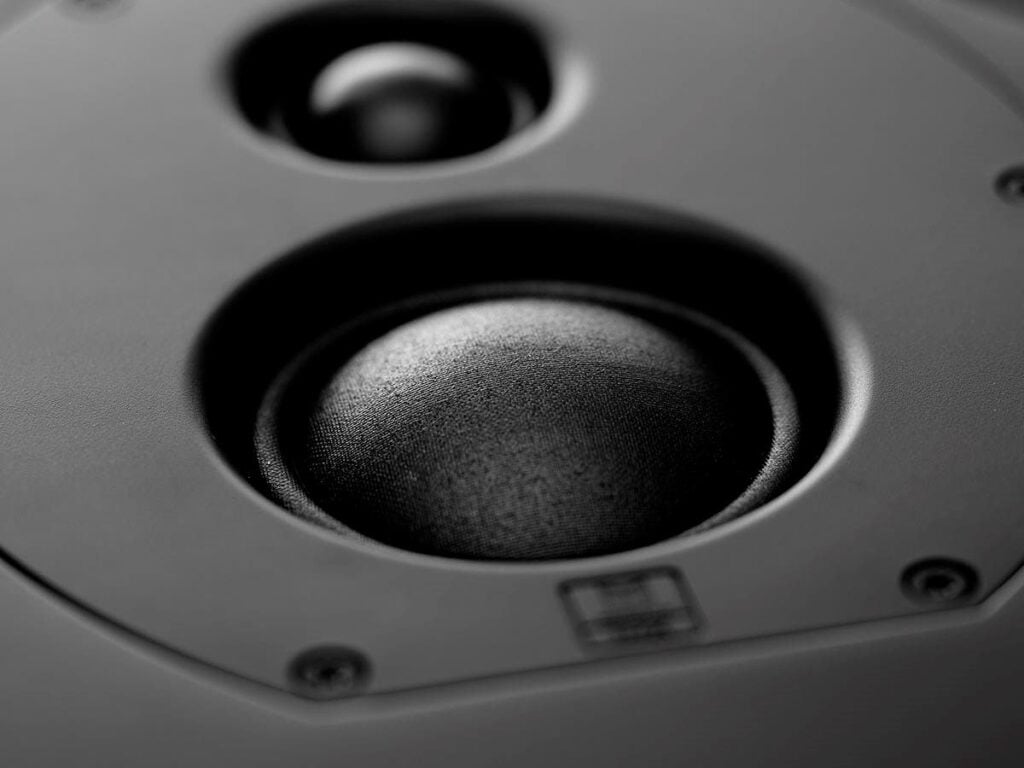
Design & Build
The Monoprice Monolith THX-LCR In-Wall is something a bit different, arranged in a nearly-square W/W-T/M arrangement akin to similar high-end THX-Ultra speakers offered by the likes of Klipsch and M&K. This arrangement decreases both the spacing between the woofers themselves as well as between both woofers and midrange, aiding driver integration at the crossover point. This design leads to a nearly-square design that would be difficult to swallow for a cabinet-speaker (though some exist), but easier to live with for an in-wall that will either never or barely be seen.
When unboxed, the Monolith THX-LCR is well packaged in laminated foam wedges with the grilles housed separately from the speakers. The main speaker unit’s heft and rigidity are immediately apparent as they’re muscled out of their packaging. Fourteen pounds may sound light for a speaker, but without the mass of an MDF cabinet, it’s still quite hefty for an in-wall thanks to a ½” MDF baffle and hefty drivers. A high-level of build quality extends to the steel legs housing the flip-out mounting dog-ears, where most similarly-priced in-walls use plastic guide-rails. White gloves are also included in the packaging, which seems a bit on-the-nose given the amount of drywall dust you’re likely to generate during the installation process.
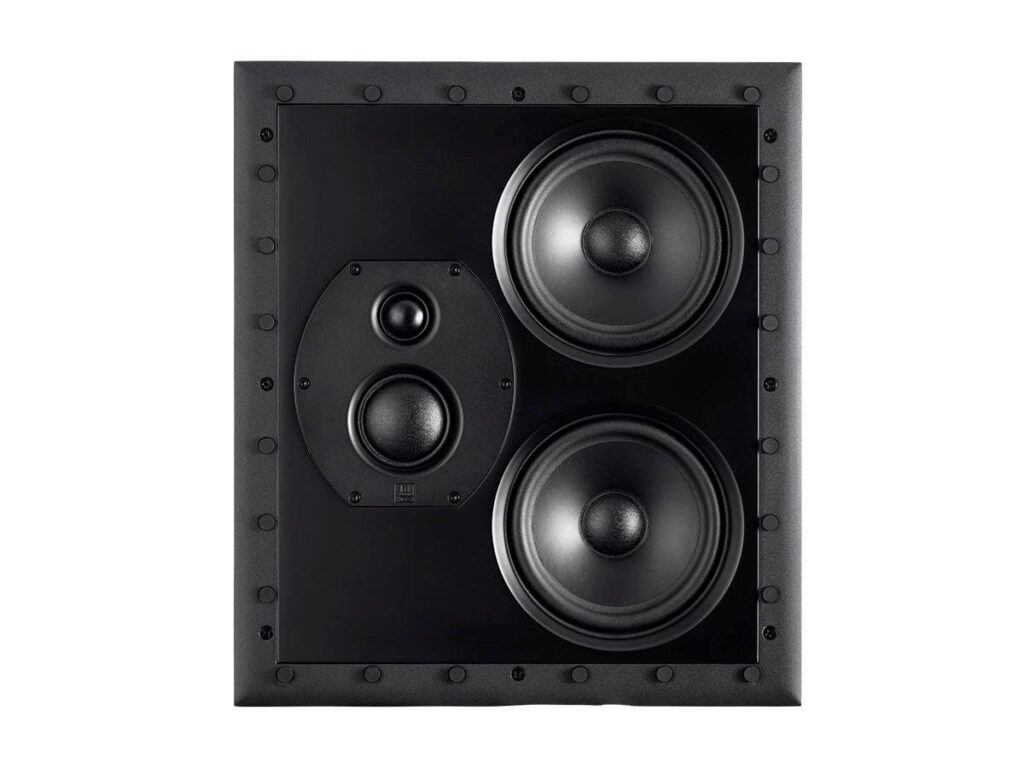
Being an in-wall speaker, the Monolith THX-LCR is intended to be heard but not seen. Whether that takes the form of being painted to blend seamlessly into the surrounding wall space or hidden behind an acoustically transparent screen (as is the case for most of my review), the aesthetics of an in-wall speaker are of minimal concern. Once installed, they should draw as little visual attention as possible.
As such, The Monolith THX-LCR doesn’t go out of its way to stand out. A matte black ½” MDF baffle is solid, rigid, and blends with the dual 6.5” Long Pulp Fiber woofers, 2” Silk Dome midrange, and 1” Silk Dome tweeter. Magnetic paintable white metal grilles cover the entirety of the room-facing baffle with no edges to be seen, but could fit a little more snugly to the wall with a roughly 1/16” gap between the edge of the grille and the drywall. I was able to get this down to a more reasonable ~1/32” gap with a bit of physical persuasion applied to the inside edges of the grill, slightly increasing the overall convexity.
The Monolith THX-LCR is large by in-wall speaker standards, at least in the width category. At the of my installation, the published dimensions varied depending on where on the Monoprice website you looked, but they’ve since been corrected and made consistent. I measured the internal mounting width at 14.4”, which was particularly concerning when the width between two standard 16” on-center studs is right at 14.5”. When you consider that the included dog-ears need to extend ~3/8” – 1/2” before gripping down on sheetrock, physics starts to make it questionable how exactly these will fit within a standard stud cavity.
In practice, much to my surprise, it does work… though not ideally. The top/middle dog-ears are able to swing-out and fully engage with the sheetrock. All six remaining dog-ears along each side simply swing out until they wedge into the surrounding studs. Luckily, thanks to the rigidity of the MDF baffle and surrounding metal frame, the four properly engaged dog-ears are enough to compress the baffle against the drywall and make an appropriate seal. The remaining wedged dog-ears do provide some additional security, but no grip on the sheetrock. Again, functional but not ideal. A simple vertical rail-style mount (along with the center dog-ears) would alleviate this issue entirely and should be considered for any future design revisions.
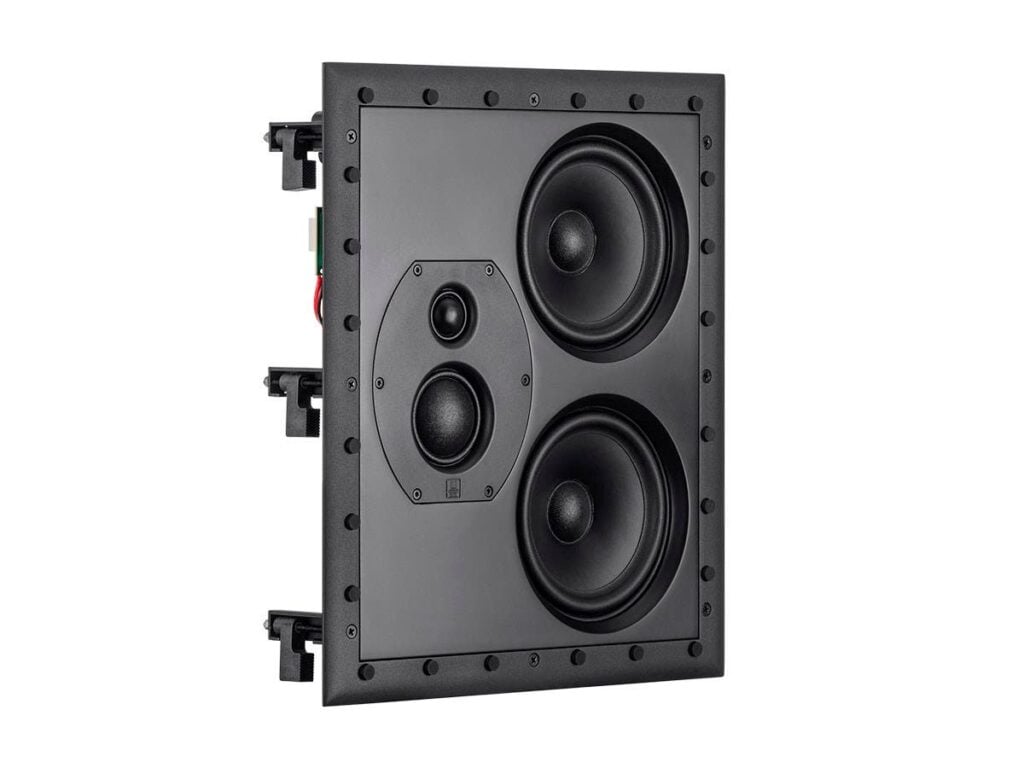
The width of the Monolith THX-LCR also greatly impacts placement flexibility. A more traditional (and narrower) design gives you the leeway to place the speaker several inches left or right within a stud cavity. The sheer width of the Monolith THX-LCR leaves you completely at the mercy of your stud layout in determining placement. If the position between one stud isn’t optimal, the only option is to move the speaker a full 16″ to the left or right. The width also dictates that any cavity must be free of extraneous framing (like an offset stringer, which I had to deal with for my right channel), wiring, piping, etc. It’s important you thoroughly understand what’s going on in your wall cavity and how it impacts placement before you commit to the Monolith THX-LCR.
Another seemingly overlooked design characteristic, or at least missed opportunity, of the Monolith THX-LCR is a function of its driver layout. The benefits of the W/W-T/M driver arrangement have been discussed above, but most designs using this layout offer discrete left- and right-channel orientations with the tweeter on the outside of the woofers. This is not the case with the Monolith THX-LCR. Since it’s an in-wall, you can achieve MOST of the effect by simply rotating the speaker 180-degrees during installation, but this places the midrange driver above the tweeter. Since the tweeter and midrange driver is mounted in a shared metal sub-baffle plate, it should simply be a matter of unscrewing and rotating that plate 180-degrees as well, but the wires connecting the tweeter and midrange drivers are just too short to facilitate. 3” of extra wire on each would allow for mirrored left/right mounting as well as a tiny bit more flexibility in center-channel placement as well. Unfortunately, without doing some basic (warranty-voiding) surgery, it’s just not that easy.
Of note, the Monolith THX-LCR is a true 4-ohm speaker, with dips down to as low as 3.2ohms, and requires capable amplification to drive them properly. My Marantz SR6011 AVR was not up to the task, getting uncomfortably hot even in 4-ohm mode. Monoprice was kind enough to provide two of their Unity amplifiers for testing. These were used during initial setup and functionality-checks but replaced by a more capable Emotiva XPA-3 Gen1 3-channel amplifier for all critical listening.
In-Use
While Monoprice’s consistent and accurate listing of specifications like physical dimensions leaves a bit lacking, their published measurements are more transparent than most other manufactures in the market. With in-wall speakers being difficult to accurately measure (once installed, you’re measuring the response of the room as much as that of the speaker), it’s helpful for Monoprice up realistic measurement data.
The graph below indicates an F3 of ~65hz, which is much more realistic than the published “Frequency Response” of 35hz. Given the intended use within a THX-speced home-theater with a subwoofer crossover of 80hz, the Monolith THX-LCR integrates exactly as intended. The published Frequency Response also indicates surprisingly accurate off-axis response, important for maintaining a cohesive image across multiple seating positions in home-theater use, doubly so for an in-wall speaker without the ability to adjust toe-in towards the main listening position.
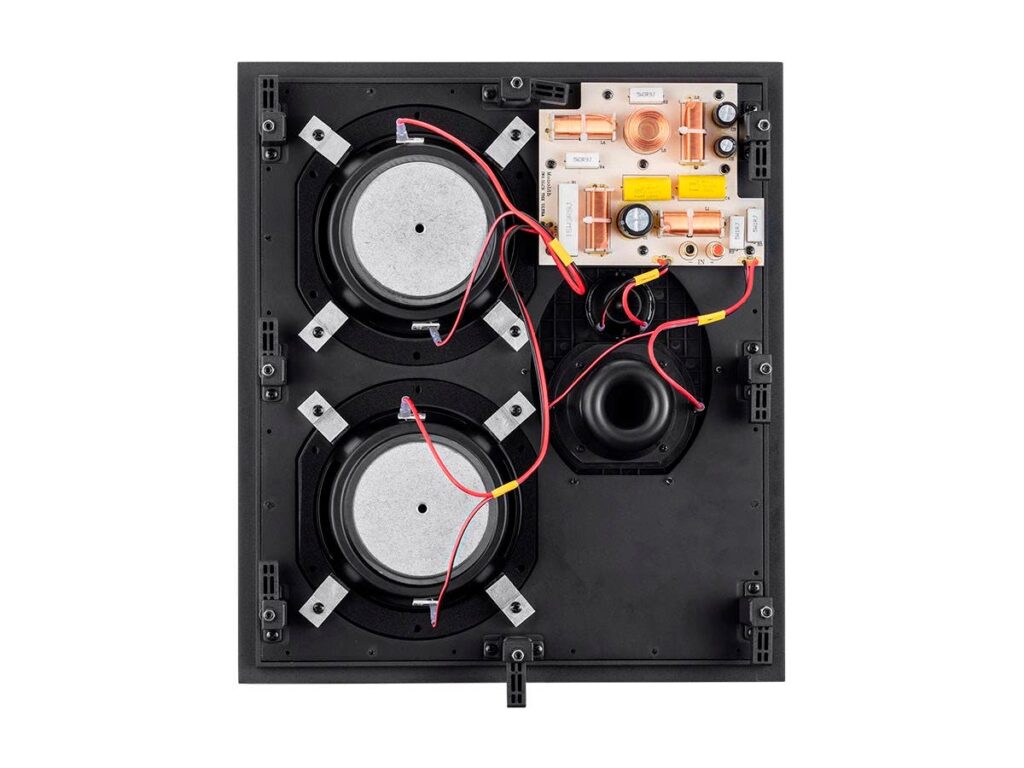
The theoretical implications of the published frequency response bared out in real-world listening. While going through the Audyssey MultEQ XT32 calibration process, crossover settings for the Monolith THX-LCR were consistently set at ~40hz. Audyssey has a consistent habit of setting crossovers lower-than-optimal, especially for in-wall and in-ceiling speakers that get a significant boost from Boundary Gain (an increase of frequency response, especially in lower frequencies, from nearby surfaces). In listening, I experimented with 40hz, 60hz, and 80hz crossover settings and found both the 60hz and the THX standard 80hz crossover settings to work well, maintaining bass control and avoiding boominess from Boundary Gain, in my room at least. As these are THX-certified speakers, I went with the THX crossover for my listening test. While most of the equipment in my reference system (listed at the end of the article) is not specifically THX-certified, I did use most THX-recommended settings (subwoofer crossover, LFE High Pass frequency, etc.). I’ll get into dispersion below as well.
Most of my listening was done with the grilles off behind an Acoustically Transparent Silver Ticket 235125-WVS screen, other than some brief 2-channel music testing done with grilles on before the screen was re-installed.
My first stop to test the Monolith THX-LCR was the final battle scene in Avengers: Endgame (UHD Disc via Panasonic UB420 UHD player)… mostly out of sheer familiarity but also due to the highly dynamic nature of the nearly 30-minute onslaught from the time Thanos’ ship fires on the Avengers’ compound up until Tony Stark’s Infinity Stone-powered snap. Everything from massive explosions to intimate and emotional dialogue, earth-shaking Giant-Man boot-stomps to a flurry of weapons burst fill the screen at any given moment, and the Monolith THX-LCRs took no issue with any of it. Even at calibrated reference level in my ~2,500 cubic foot room (right in the middle of the THX-Ultra room size range), dynamics were effortlessly rendered with no discernable shift in tonality or soundstage from quiet dialogue to frenzied battle. Effects remained tied to their location in space, even well outside the width of the left- and right-channels. Imaging never collapsed or notably shifted when moving to the left or right seats of my three-recliner set, a testament to the off-axis dispersion characteristics. Even with surround and Atmos speakers disabled (listening only in 3.1) the spatial width, depth, and even height of the Monolith THX-LCR’s soundstage were extremely enveloping.
True to the cinema-focused intent of a THX-certified speaker system, the Monolith THX-LCR is an extremely neutral sounding speaker, maintaining the director and sound engineer’s intent without coloring the sound towards either warm or bright. While not the speaker’s intended use-case, this was clear in 2 channel music playback. Mumford & Son’s Little Lion Man (Sigh No More, 33 1/3 LP via a Fluance RP80 turntable) was rendered with neither an over- or under-accentuation of the sibilance of banjo and dobro plucks, and the horn resonances from Of Monsters and Men’s Little Talks were, again, wholly present but not over-emphasized or fatiguing. Even kick-drums in the latter track carried weight and impact… while I wouldn’t want to run these without a subwoofer for film playback, they can cover most of the frequency range present in all but the most bass-heavy music. While not the intended use, the Monolith THX-LCRs are fully capable of enjoyable 2 channel music playback.
Conclusions
Wow. As simple as it may sound, that’s the crux of what the Monolith THX-LCR can do in an in-wall form-factor that’s often written off by audiophiles and cinephiles as a horrible compromise to aesthetics. Fantastic dynamics and highly spatial reproduction, matched with the ability to handle seemingly as much power as you can throw at them make for a thoroughly enjoyable home-theater-focused experience that, surprisingly, doesn’t fall down at all in 2-channel music listening.
In all honesty, my only dings on the Monolith THX-LCR come in regard to minor design choices related to installation. The size, specifically the width, requires you to make certain that these will work well with your wall’s stud-layout, which usually isn’t obvious with a layer of sheetrock hiding it. Dog-ears that can’t fully extend inside a standard stud-cavity are regrettable but, thanks to the overall rigidity of the construction, are mostly a non-issue. All of these issues could EASILY be remedied in a refresh of the speaker’s design, with minimal impact to cost and zero impact on performance. I’m hopeful these issues may be addressed as Monoprice is only expanding its Monolith THX speaker line, with THX-certified in-ceiling models (likely geared towards Atmos installations) due to be announced at CES 2021, whatever form that may take given the uncertainty surrounding large in-person gatherings. I’m optimistic they’ll be as impressive as the Monolith THX-LCR for their intended use and hope to be one of the first to review those as well.
Reference Equipment
- Marantz SR6011 AVR (acting as pre/pro)
- Emotiva XPA-3 Gen1 3-Channel Amplifier
- Panasonic UB420 UHD Blu-Ray Player
- Nvidia Shield TV Pro 2017
- Fluance RP80 Turntable
- Revelation Neo/Nova/Trilogy Analog Interconnects
- Monoprice Ultra-Slim 18.2gbps HDMI Interconnects
- Epson HC 4000 Projector, ISF Calibrated by Charles of CineTune AV, Atlanta, GA
- Silver Ticket 235125-WVS Acoustically Transparent Projection Screen
Post Disclaimer
Some of our content may contain marketing links, which means we will receive a commission for purchases made via those links. In our editorial content, these affiliate links appear automatically, and our editorial teams are not influenced by our affiliate partnerships. We work with several providers (currently Skimlinks and Amazon) to manage our affiliate relationships. You can find out more about their services by visiting their sites.

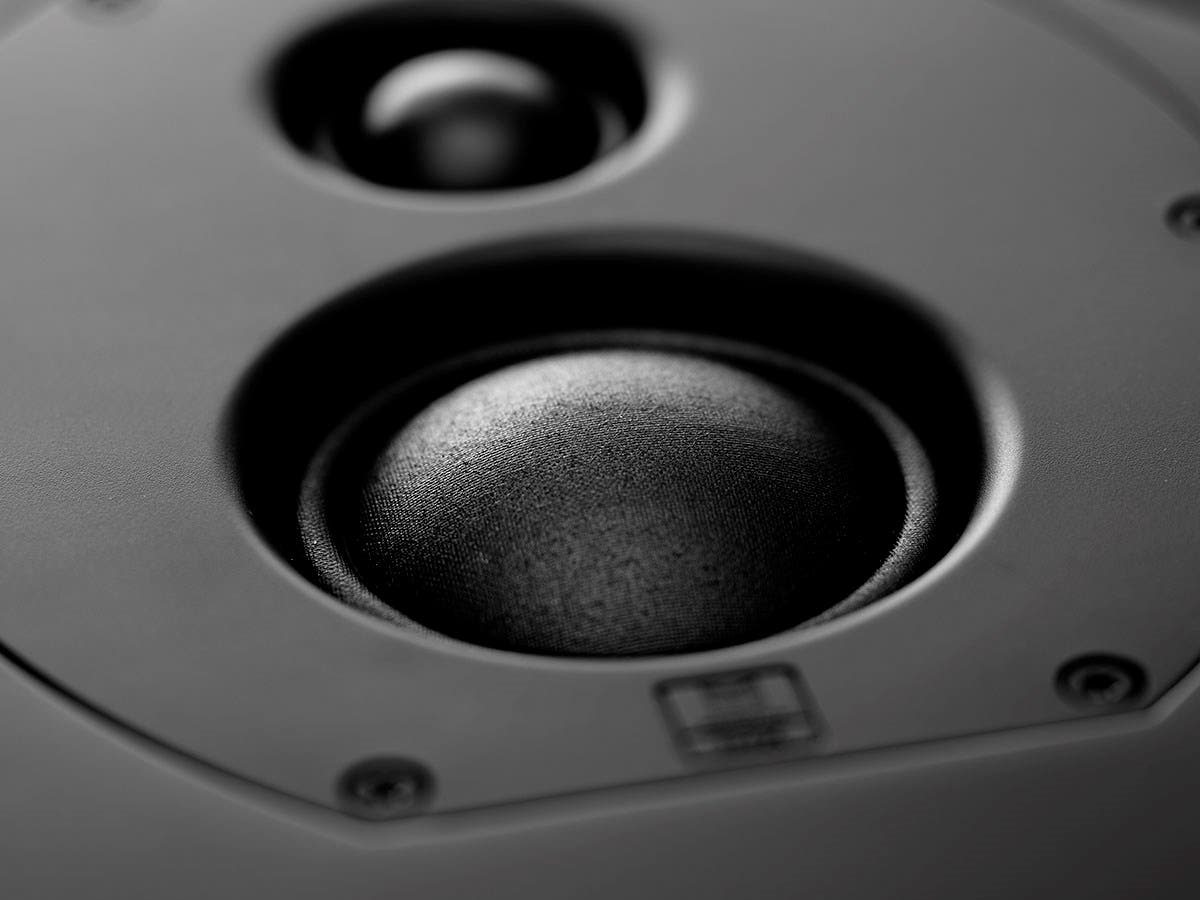


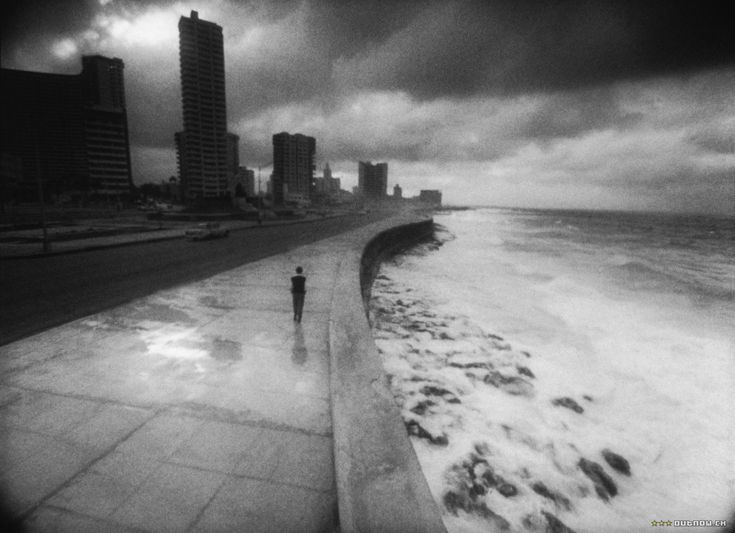



Similar threads